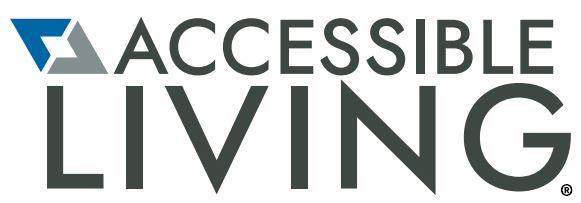AHAM Releases Recommendations for Household Range Placement to Reduce Nuisance Tripping
The Association of Home Appliance Manufacturers (AHAM) has released new recommendations for home builders and electrical contractors aimed at reducing nuisance tripping due to the use of ground fault circuit interrupters (GFCIs) for electric ranges in new construction and major remodeling projects.
GFCIs are safety devices intended to cut power to the circuit when they detect an imbalance in the power flow, which can cause electric shock. They often are installed in 120-voltelectrical outlets located near sinks. Nuisance tripping occurs when the GFCI cuts power during the normal, safe use of an appliance or other item.
AHAM issued the recommendations in response to a NFPA 70® National Electric Code (NEC) requirement that GFCI must be added to household branch circuits in new construction and significant remodels. The changes made to the NEC effectively create a new appliance requirement that goes beyond the listing requirements in section 422.6 of the NEC. These NEC changes were not submitted for consideration to the safety standard for electric ranges, UL 858. As a result of this misalignment, nuisance tripping with electric ranges has become more common.
In new homes, the NEC requires outlets located within six feet of a sink to be connected to a GFCI device, and this now includes 240-volt circuits. AHAM, in a recent white paper, recommends that builders take these steps to reduce the frequency of nuisance tripping of electric ranges that may be placed within six feet of a sink:
- Relocate the outlet greater than six feet from a kitchen sink.
- Consider asking the appropriate local authorities to invoke section 90.4 of the NEC, which allows the code to roll back to the 2017 edition, eliminating the need for a GFCI breaker.
AHAM and electric range manufacturers in April 2021 formally submitted a technical update to UL 858 that aims to improve compatibility with GFCI devices in household ranges going forward. The recommendations in AHAM’s white paper are intended to provide options for builders installing circuits and household ranges until revised appliance standards are updated.
AHAM’s white paper on GFCI nuisance tripping can be downloaded here.

